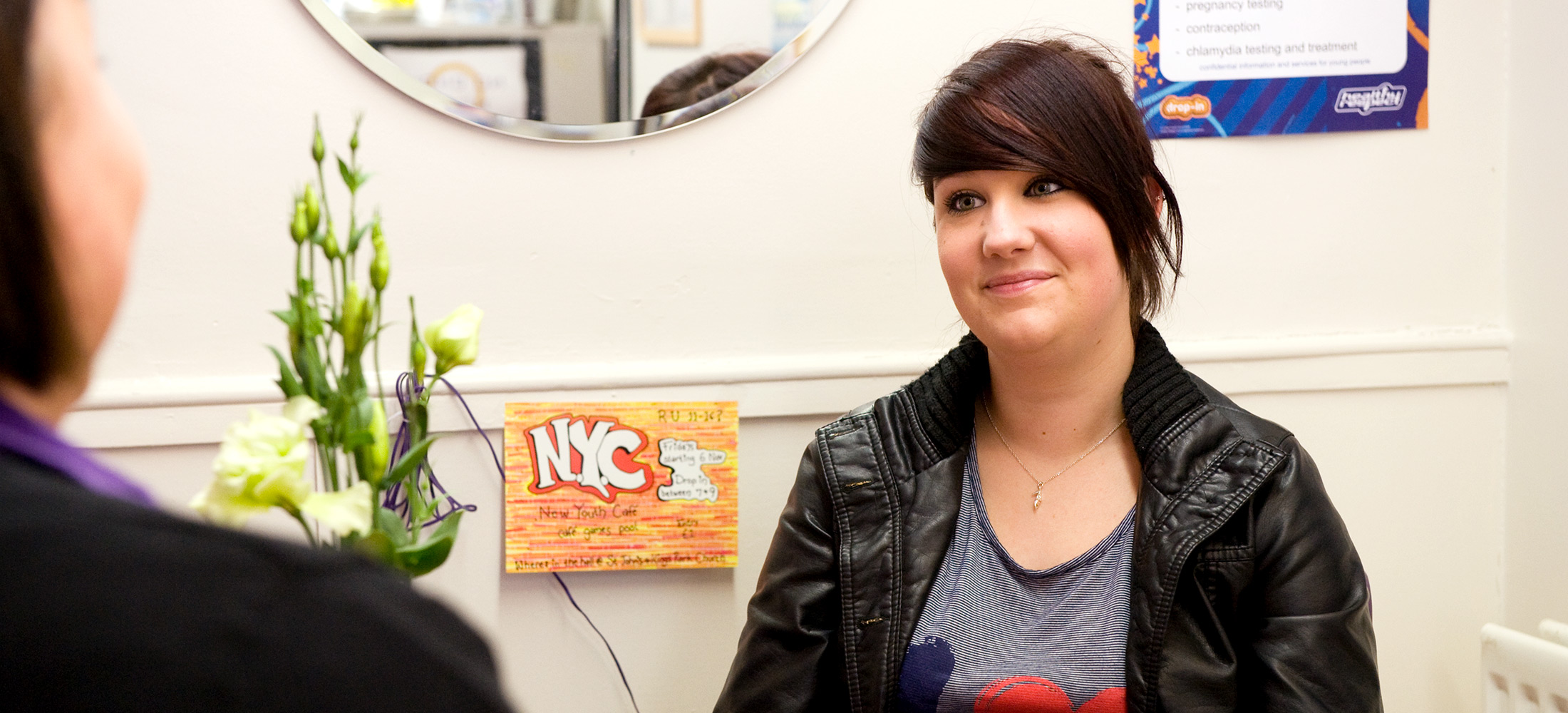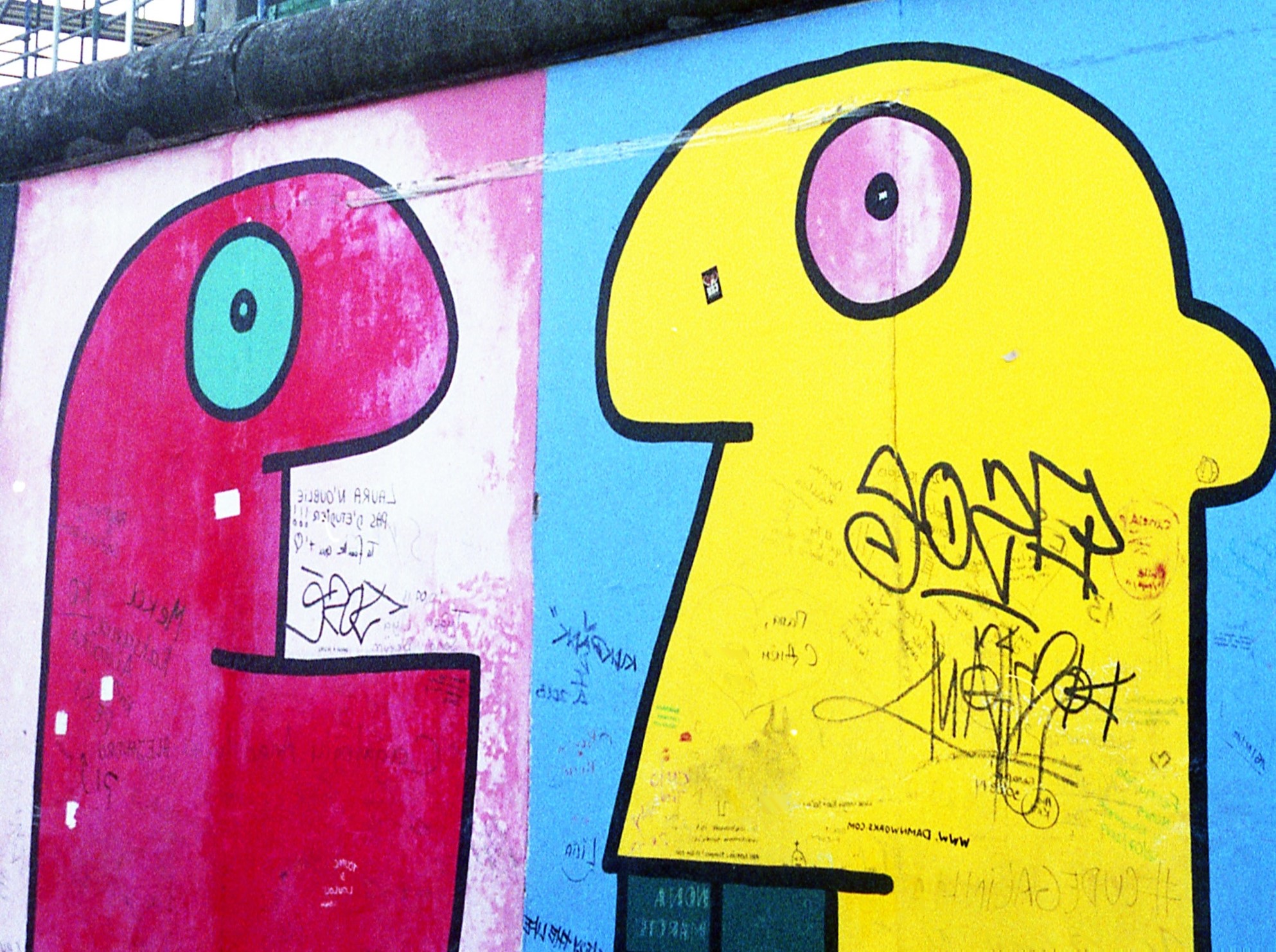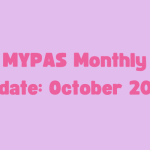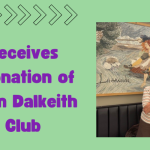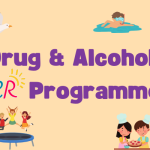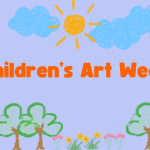Sinéad Rowe, Young Mens Therapeutic Worker, reflects on anger and what might be underneath it.
Alongside joy and sadness, anger is perhaps one of the most shared emotions we experience in everyday life. Every individual experiences anger in different ways but it can easily become a ‘go-to’ emotion for young people. If we can understand anger and, specifically, what lies beneath it, adults can improve their reactions to it and in turn support young people to recognise and regulate this poignant emotion.
When thinking about anger, it is important to note that it is completely normal to feel anger, it is a natural part of life. Often deemed as a ‘negative’ emotion, it is important to also accept that anger possesses many positive qualities that can be beneficial in certain circumstances. Anger has the ability to provide motivation to perform difficult tasks or keep us safe by highlighting that something is wrong.
Having said that, however, anger also does have numerous negative qualities that can become damaging to our mental health and wellbeing. Becoming overwhelmed by anger may prevent us from thinking rationally and making healthy or informed choices. This has the possibility of leading to aggression and violent behaviours. Such behaviours can become default reactions to the emotion of anger.
Anger can be known to cover other important feelings that are typically at the core of our reaction, sadness or hurt for example. If one fails to properly address these underlying emotions, long term it may lead to mental and/or physical health problems.
Frequently the difficulty for young people is that they lack the vocabulary or simply find it difficult to process such dominant feelings in order to recognise and name the underlying emotions. Thus, their ability to regulate their anger is compromised, which can lead to outbursts or becoming violent.
In order for parents and adults to support young people in recognizing and regulating their emotions it is helpful to try and understanding what a young person is going through -effectively peeling back the layers of emotions underneath their anger.
Some Examples
Anger exhibited by a young person may be masking a layer of hurt: “I felt angry today as nobody appeared to listen to me.”
Beneath anger often lies hurt: “I felt hurt today as nobody seemed to listen to me.”
Underneath the hurt is often a need that has not been met: “I need to be listened to by others.”
Underneath the need may be certain fears which can be specific to that young person: “I have a fear that nobody will listen to me.”
It seems that in most cases, we cannot detach anger from being hurt, a need and a fear. To begin to understand a young person’s anger, it’s helpful to isolate their underlying hurt, needs and fears. In attempting to understand their hurt, need and fear it can open an opportunity in addressing them as opposed to holding onto and harbouring anger.
Effective Communication
The key in understanding anger is trying to not to take it at face value. Each form of behaviour – in children, young people and adults – is a form of communication. In the case of anger, it is communicating a much deeper struggle or pain. Through understanding the underlying difficulties and emotions, we can better support young people to recognise, understand and process them in more helpful ways.
Distinguished Art Psychotherapist, Marionn Liebmann’s, work was a particularly useful resource for the writing of this article. Her work on Anger Management can be found at: https://groups.quaker.org.uk/resources/uploads/OliverW/2018/01/Anger-Mgt-Handouts-Marian-Liebmann.pdf.
Sinéad Rowe, Young Mens Therapeutic Worker
